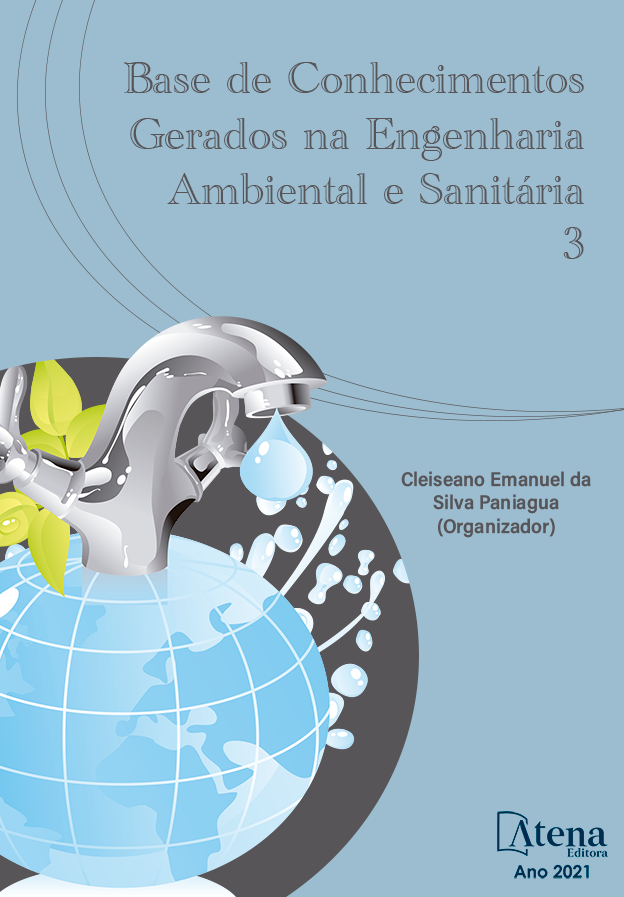
COMPARAÇÃO ENTRE A ANTIGA E A NOVA CLASSIFICAÇÃO TOXICOLÓGICA DOS AGROTÓXICOS UTILIZADOS NA CULTURA DA MAÇÃ NO MUNICÍPIO DE VACARIA/RS
Com o crescimento e desenvolvimento do cultivo da maçã, na Serra Gaúcha, surge a Associação Gaúcha de Produtores de Maçã (AGAPOMI). A Associação disponibiliza para cada ciclo de produção ou safra uma grade de agrotóxicos indicados. Os agrotóxicos são classificados de acordo com seu potencial toxicológico em cinco categorias (I, II, III, IV e V). O objetivo deste estudo é comparar o grau de toxicidade dos agrotóxicos indicados pela AGAPOMI nos ciclos 2016/2017 e 2020/2021, segundo a antiga e a nova classificação toxicológica aprovada pela ANVISA em 2019. Trata-se de um estudo documental, no qual foram utilizadas informações presentes nas fichas técnicas dos agrotóxicos indicados para as safras de 2016/2017 e 2020/2021. Posteriormente foram selecionadas e analisadas as categorias dos agrotóxicos (fungicidas, inseticidas e acaricidas, feromônios, herbicidas e reguladores do crescimento) e a respectiva classe toxicológica a que pertencem, a fim de comparar alterações em relação a nova classificação. Os dados foram organizados em uma tabela do Excel, tratados por estatística descritiva e apresentados na forma quadros e figura. Os resultados mostram que o número de agrotóxicos referentes aos fungicidas têm aumentado nas Categorias 1 e 2 com a nova classificação. É importante destacar a diminuição nas duas safras analisadas, do percentual de agrotóxicos na Categoria 3. Os inseticidas/acaricidas tiveram aumento de produtos indicados no ciclo de 2016/2017 em relação ao de 2020/2021 em todas as classificações toxicológicas. Este fato representa elevação de riscos à saúde. A classificação toxicológica é importante por permitir caracterizar os efeitos tóxicos e facilitar a tomada de decisões sobre a utilização desses produtos, todavia a nova categorização impõe o debate sobre as falhas na comunicação a respeito dos riscos sobre os agrotóxicos, especialmente em relação aos agricultores.
COMPARAÇÃO ENTRE A ANTIGA E A NOVA CLASSIFICAÇÃO TOXICOLÓGICA DOS AGROTÓXICOS UTILIZADOS NA CULTURA DA MAÇÃ NO MUNICÍPIO DE VACARIA/RS
-
DOI: 10.22533/at.ed.74521080416
-
Palavras-chave: Agrotóxicos, Toxicologia, Saúde Ambiental.
-
Keywords: Pesticides; Toxicology; Environmental health.
-
Abstract:
With the growth and development of apple cultivation, in the Serra Gaúcha, the Associação Gaúcha de Produtores de Maçã (AGAPOMI) was created. The Association makes available for each production cycle or harvest a range of indicated pesticides. Pesticides are classified according to their toxicological potential in five categories (I, II, III, IV and V). The objective of this study is to compare the toxicity degree of pesticides indicated by AGAPOMI in the 2016/2017 and 2020/2021 cycles, according to the old and the new toxicological classification approved by ANVISA in 2019. This is a documentary study, in which information from the technical files of the pesticides indicated for the 2016/2017 and 2020/2021 harvests was used. Subsequently, the categories of pesticides (fungicides, insecticides and acaricides, pheromones, herbicides and growth regulators) were selected and analyzed and the respective toxicological class to which they belong, in order to compare changes in relation to the new classification. The data were organized in an Excel table, treated by descriptive statistics and presented in the form of tables and figure. The results show that the number of pesticides related to fungicides has increased in Categories 1 and 2 with the new classification. It is important to highlight the decrease in the two analyzed harvests, in the percentage of pesticides in Category 3. The insecticides/acaricides had an increase in products indicated in the 2016/2017 cycle in relation to 2020/2021 in all toxicological classifications. This fact represents an increase in health risks. The toxicological classification is important because it allows the characterization of toxic effects and facilitates decision making on the use of these products, however the new categorization imposes a debate on the failures in communication regarding the risks on pesticides, especially in relation to farmers.
-
Número de páginas: 20
- Cassiano da Costa Fioreze
- Fernanda Meire Cioato
- Tatiane Rech
- Nilva Lúcia Rech Stedile


